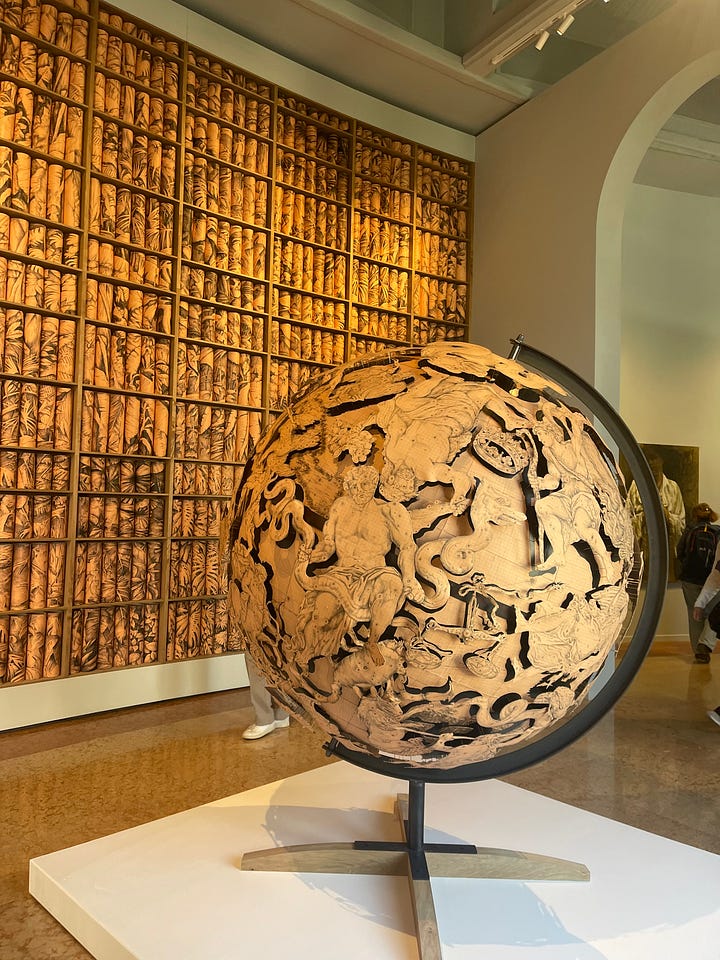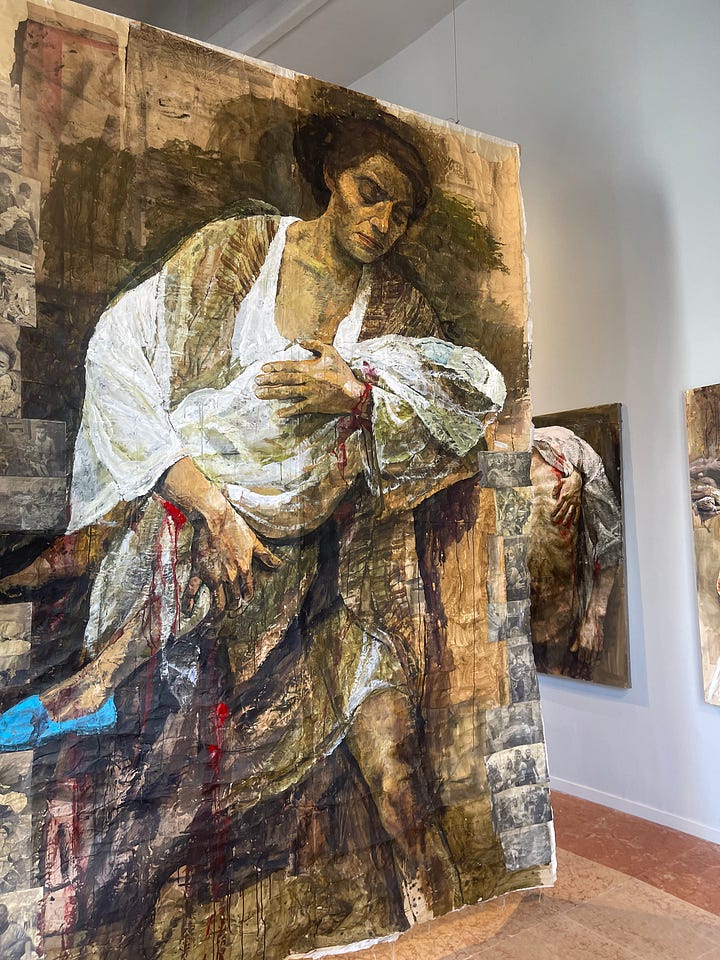The Los Angeles fires are weighing heavy on my heart these days. It’s hard to want to publish, but I’ve been sitting on this one for a while and if anything, now more than ever we need to be pumping our dollars into our communities, not capitalism.
In my latest travelogue, I briefly ruminated on the concept of social class, though I didn’t dive deep. Class is a hard thing to speak and write about; one might even call it a faux pas. Class is deeply personal, especially for those who have experienced any sort of mobility. Poverty can be incredibly traumatic and insidious. Even those on the other end of the financial spectrum struggle. People tremble at the thought of losing their wealth. Most don’t like to talk about it.
Regardless of socio-economic status, many of us have a pension for displays of luxury that aim to communicate a certain class level, whether we feel that we belong to it or not.
This conversation feels particularly relevant to me after witnessing the insane amount of wealth on display at the Venice Biennale last spring. (Yes, there were billionaires who took their yachts to attend.) The disparity between the lived experiences and incomes of the artists exhibiting versus those attending the event was stark.


I’ve noticed a growing popularity in shows like Selling Sunset and The Real Housewives of New York City. I find it ironic when the storyline reads, “She’s a social climber!” as if we aren’t all social climbers to some degree. The premise of these shows is simple: wealth (or the appearance of wealth) is on display for consumption. We love it. It’s escapism in its purest form.
My favorite Substack writer and TikToker, Jesica Elise, writes extensively about fashion theory and the role that presentation plays in contemporary society. I often stop and ask myself what I’m trying to communicate in the way I present myself. This signaling can be examined in the clothing I wear, the photos I post online, or even in the essays I write. What am I trying to say? How am I trying to control the way that I am perceived?
Ultimately, the question I most come back to is simple: What do I do with my privilege?
This Substack is part of my ongoing attempt to answer.
Last Christmas I was at a work party with my husband. While talking to another couple, I shared my mission for this newsletter, explaining that I want to fuel the creative economy through awareness and cultivate economic drivers for artists.
The husband said, “Well, we make good money, but not the kind that can buy art.” I knew they were both high earners, $300-400k a year at least. I low balled him.
“You can afford two to three thousand dollars, right? You probably spend more than that on patio furniture. That could support a month or more of living expenses for an artist.”
He agreed and I know in that moment, at least for a second, I shifted his framework.
What if our patio furniture was custom made by local artists? What if our clothes were? What if we cut our consumption by a third and re-directed those dollars to our creative communities?
Can we even begin to define that luxury?
If taste-making is a system designed to keep us trying to climb over one another with dupes and “luxury” items that would put most of us in debt, is that good taste? What would it take to call in a different kind of luxury, a rarity that can only be found deep in the roots of community, where class depreciates?
As Americans, we hold the belief that wealth buys you luxury. If you display luxury then you are demonstrating wealth. Consumerism thrives on this desire to look and feel wealthy through these displays, and it's actively killing our planet and decaying our connections to one another.
What if we separate wealth and luxury? What if you didn't have to spend a lot to have something great? What if being wealthy didn’t mean you had to buy?
People often think of art as a luxury good. If you are rich, you can afford to buy art. This isn’t the case.
Our attempts to look wealthy only make us poorer. With a little intention we can not only enrich our communities but also, in turn, enrich our lives.




If you can’t buy art create it. A banana taped to a wall. Several million dollars worth of a creative idea like a pet rock. Creating an idea sculptures of Los Angeles fire debris now that’s a project worth billions.
We artists should advertise what consumables are at a similar price as our art. For the cost of one night of fine dining you can own this piece of art!